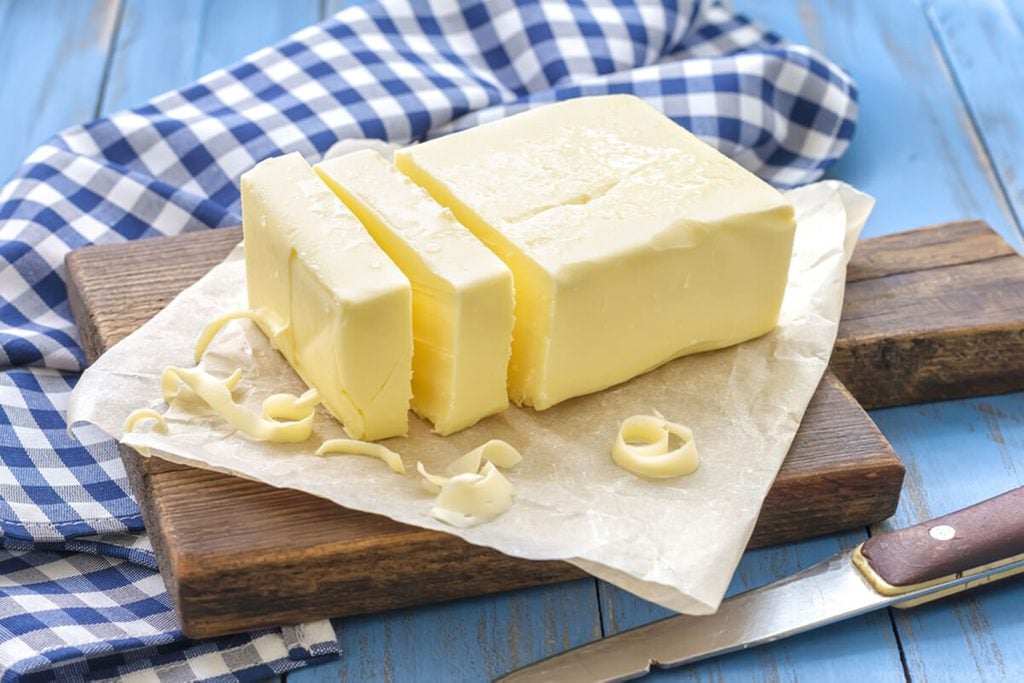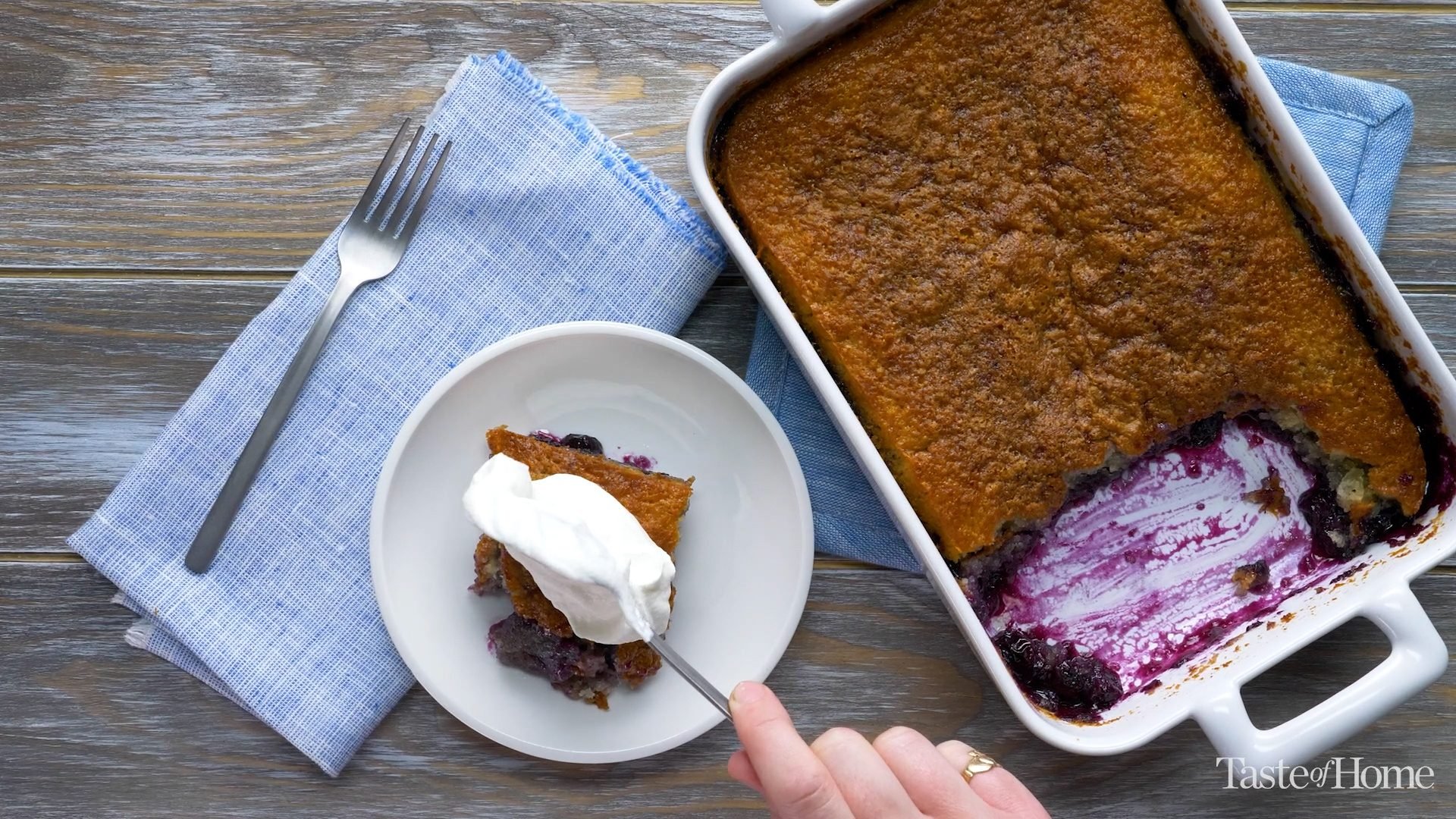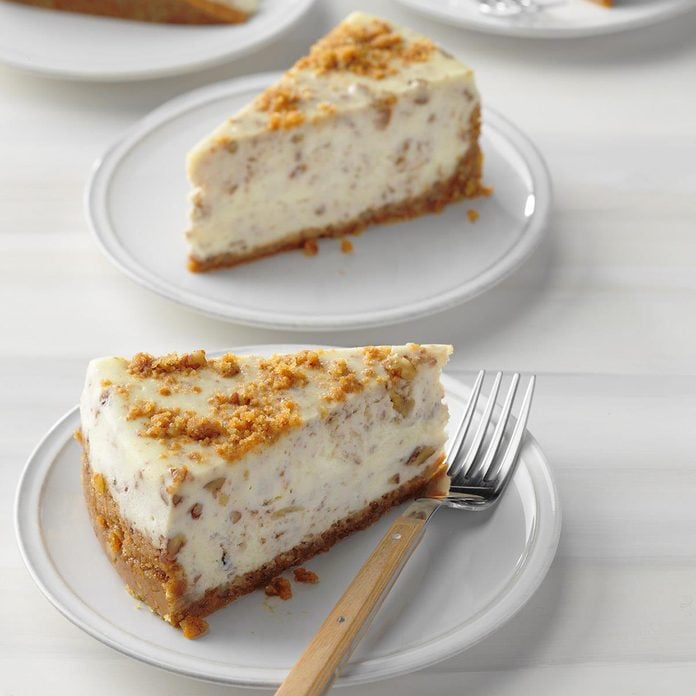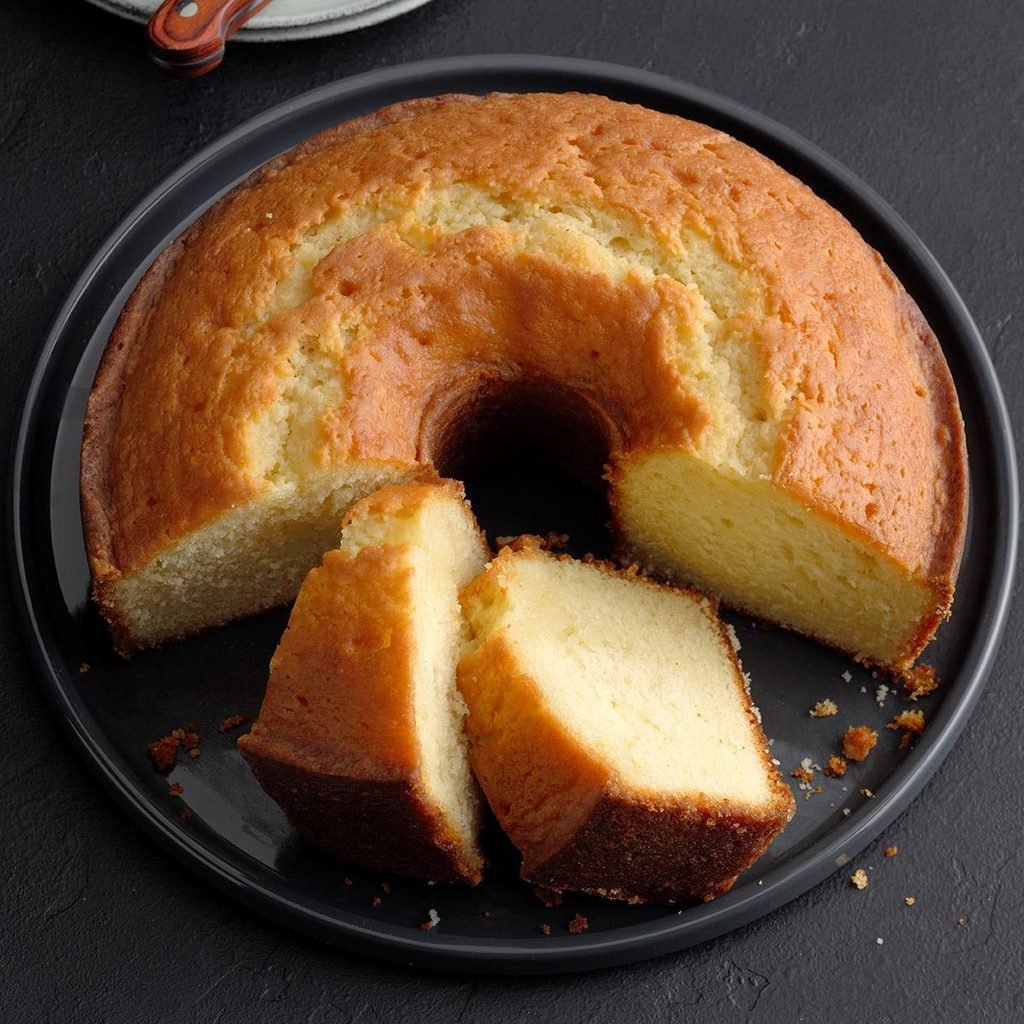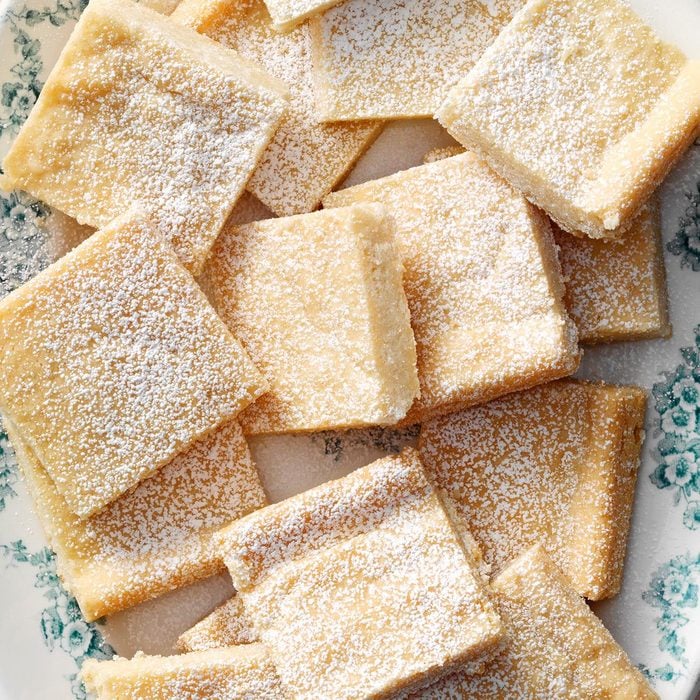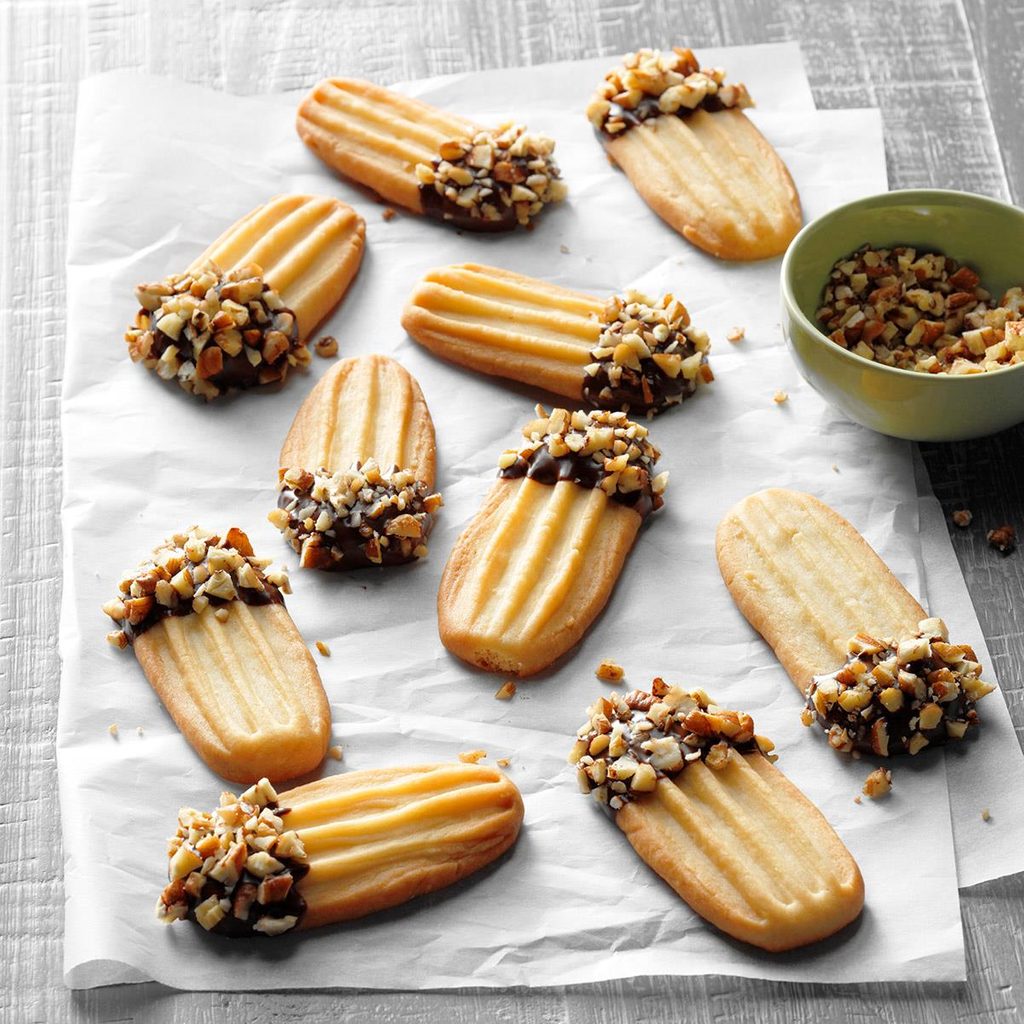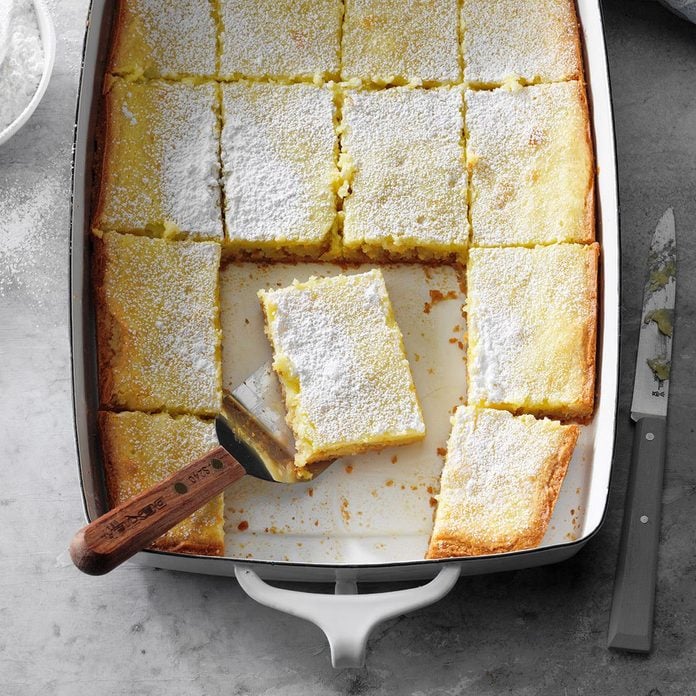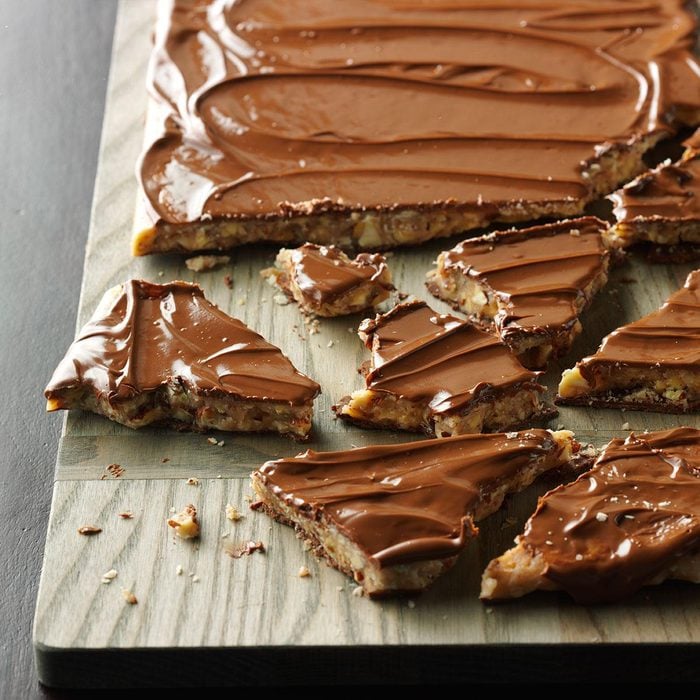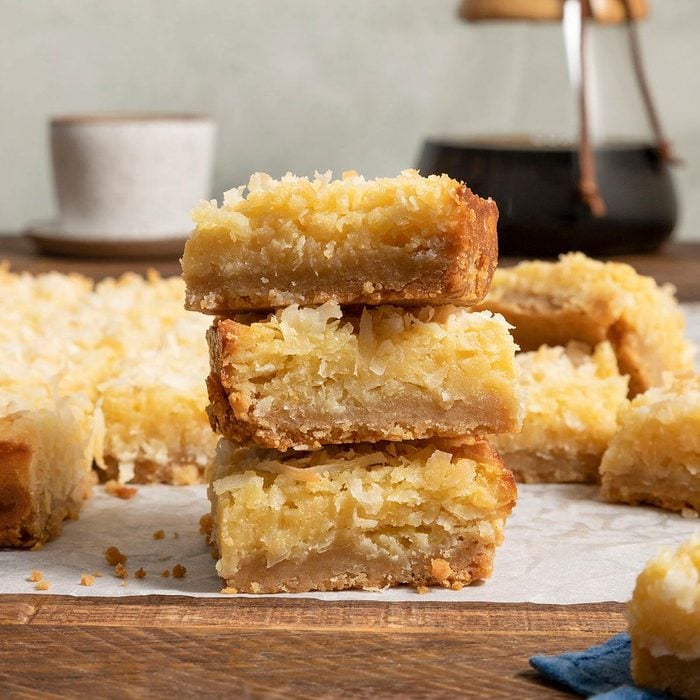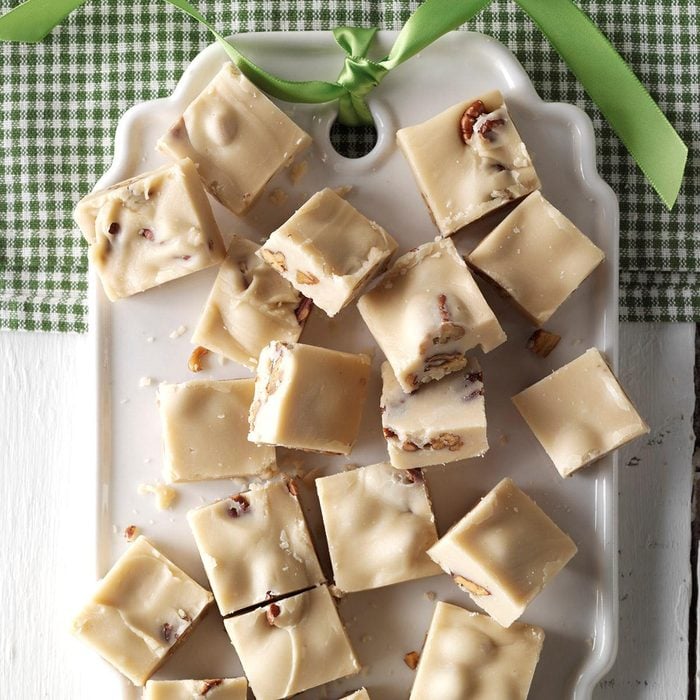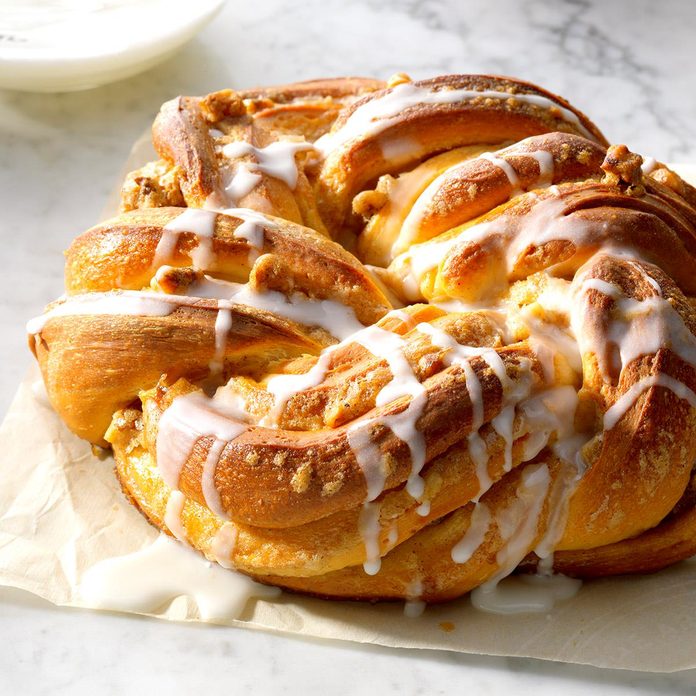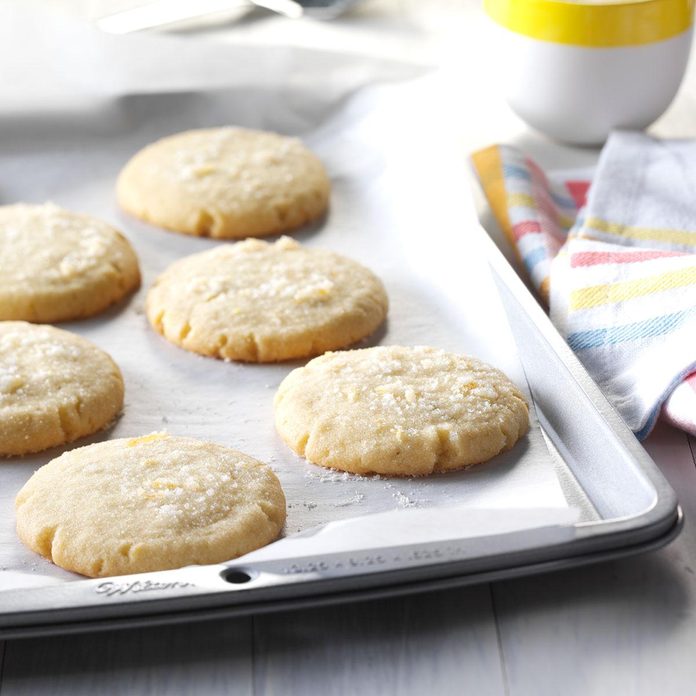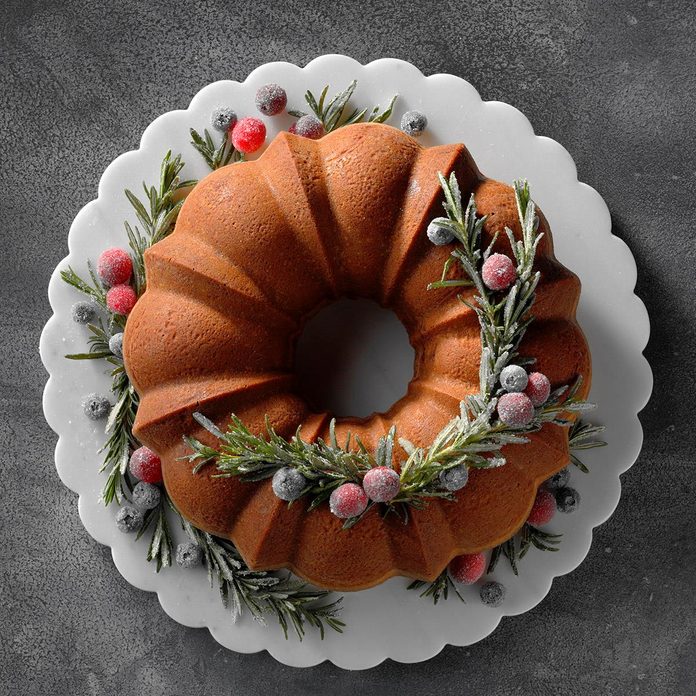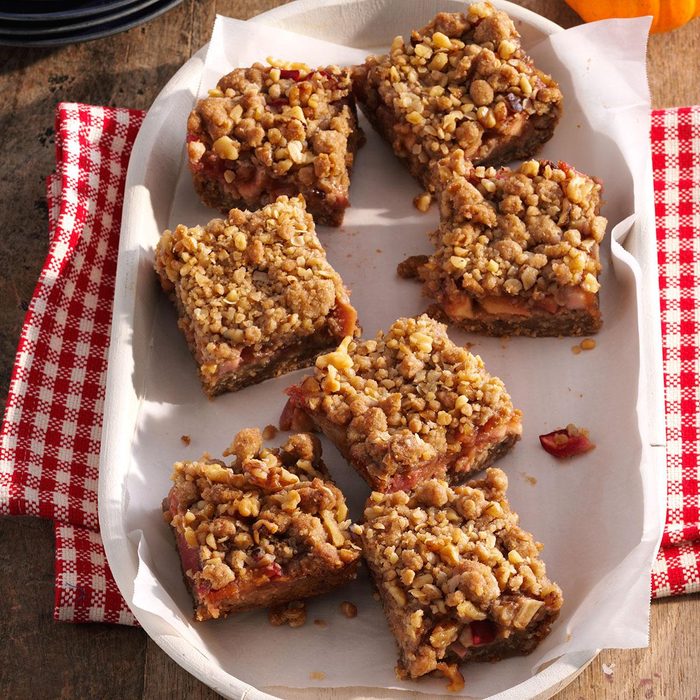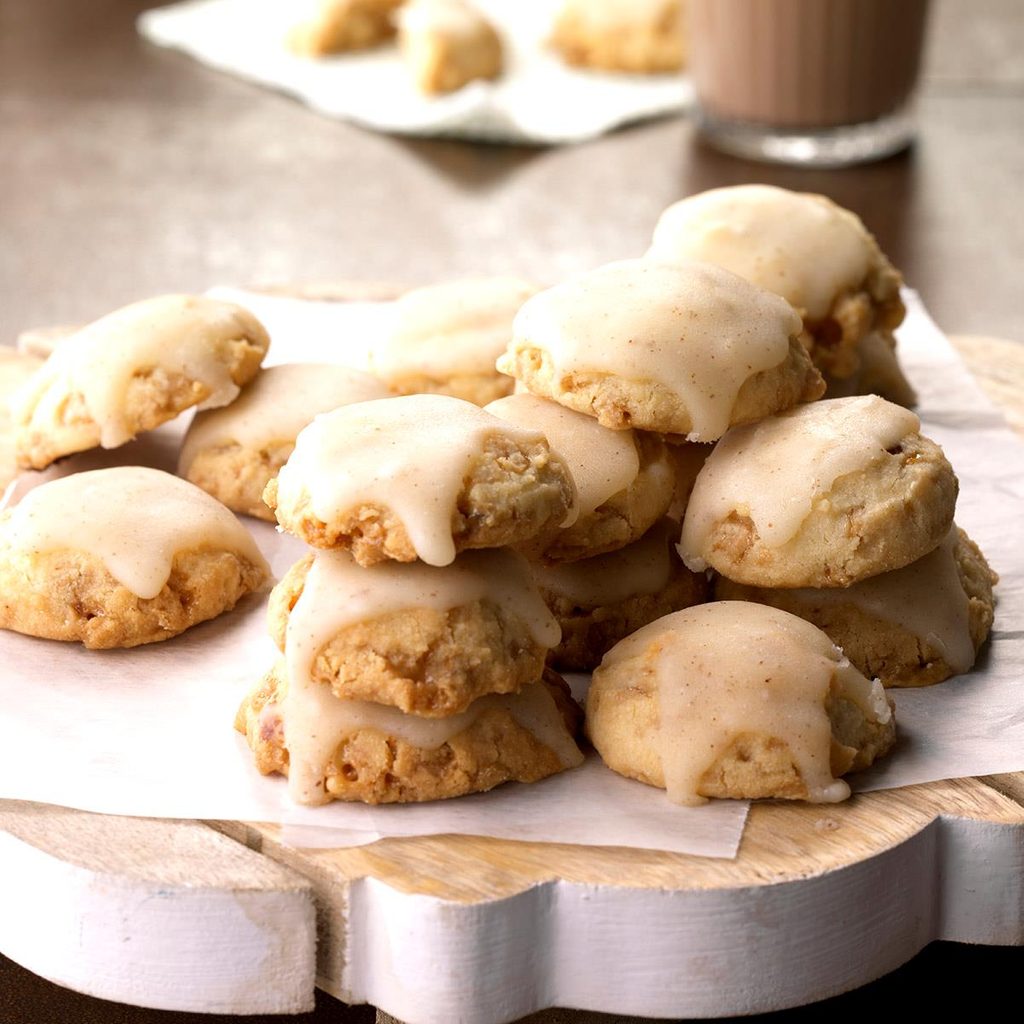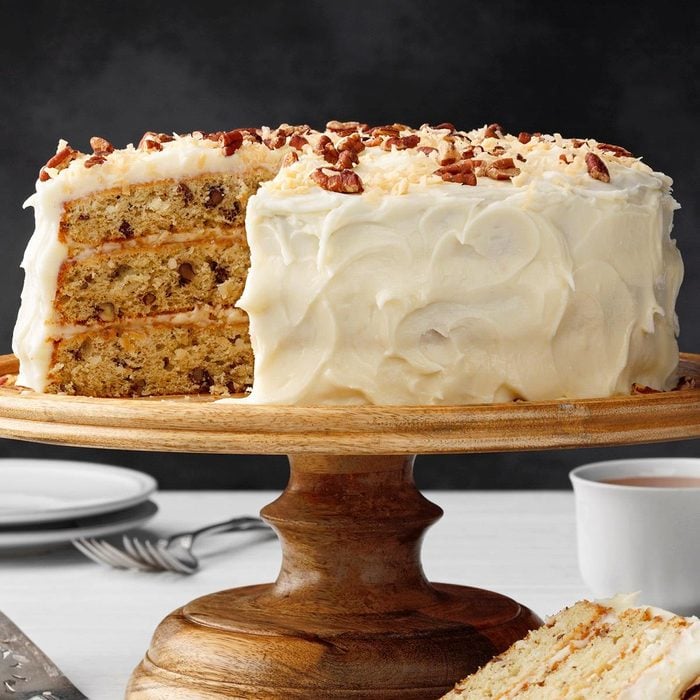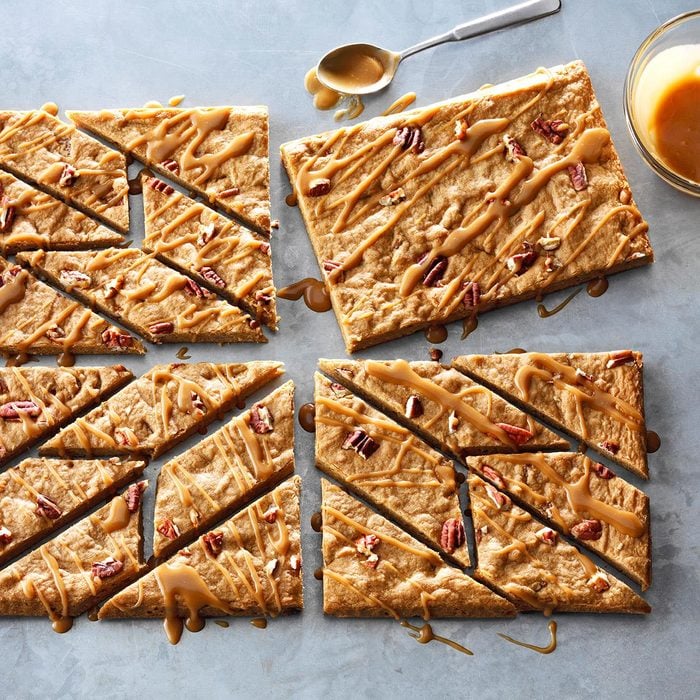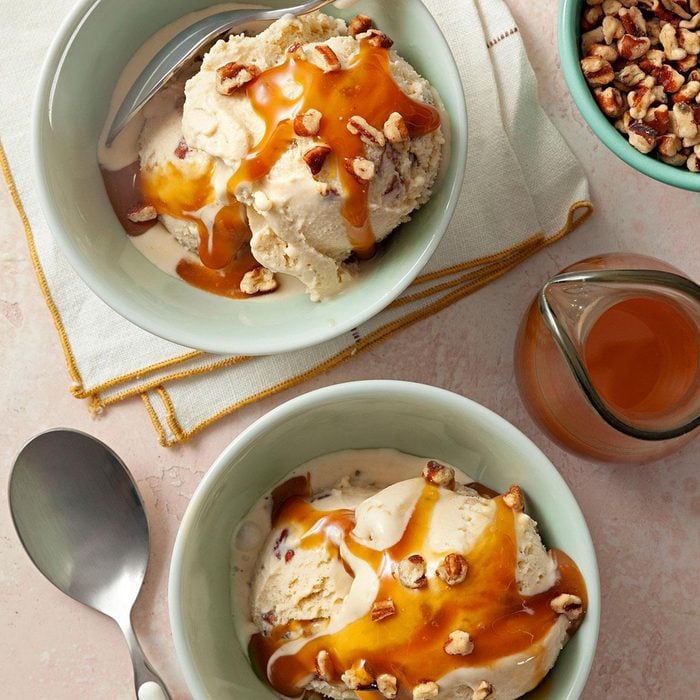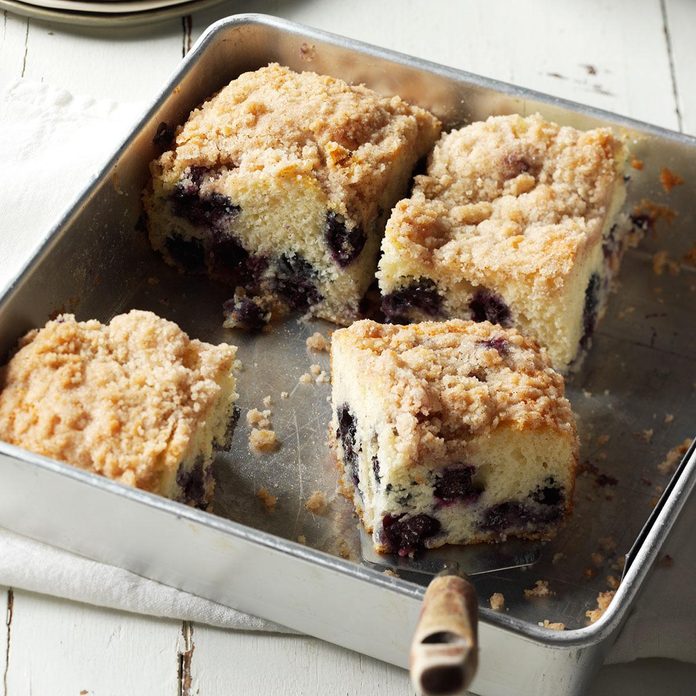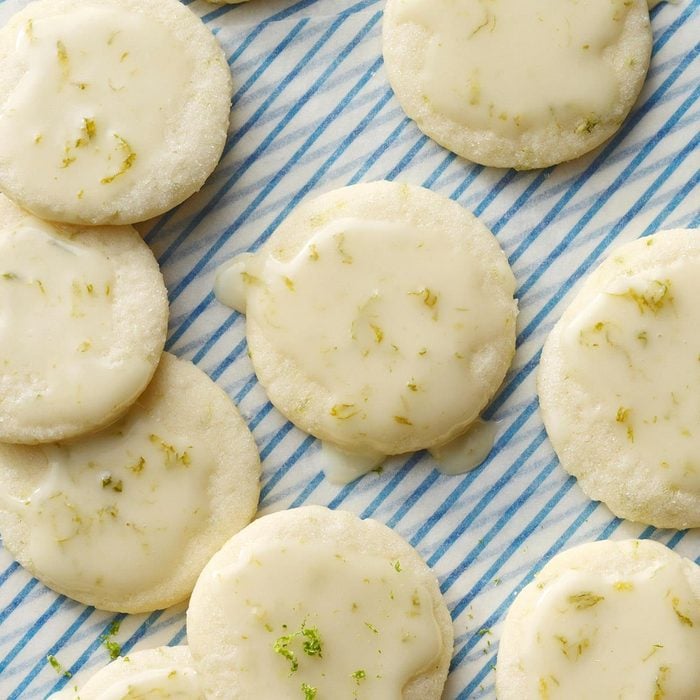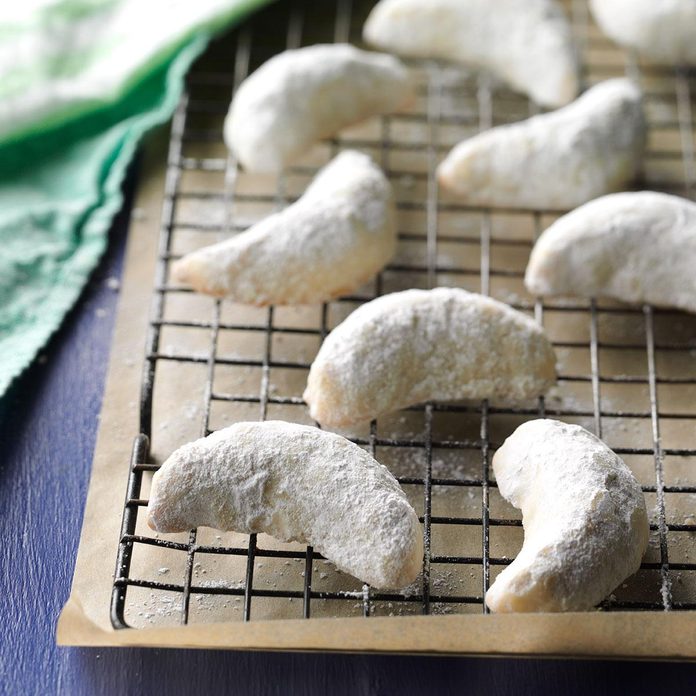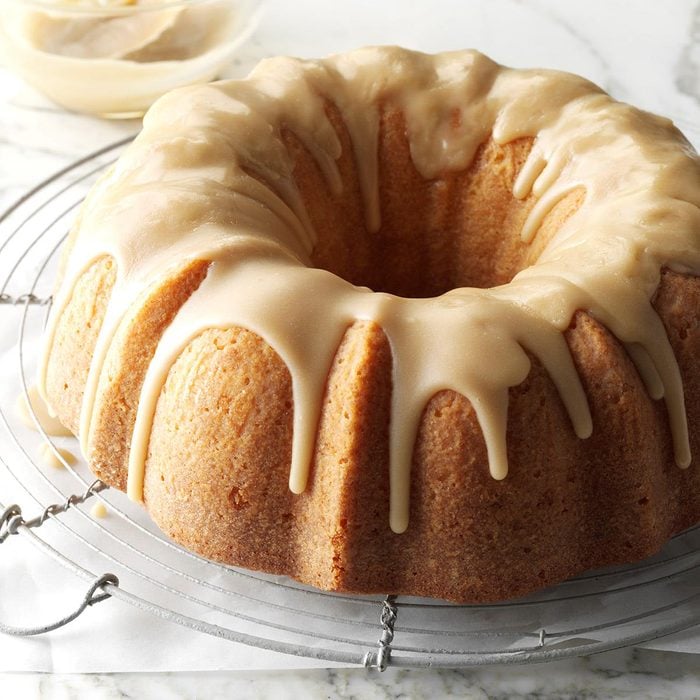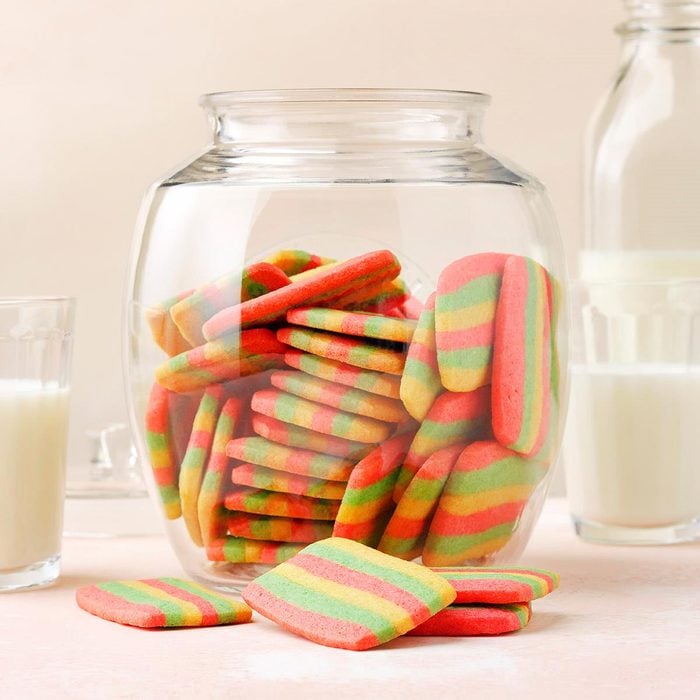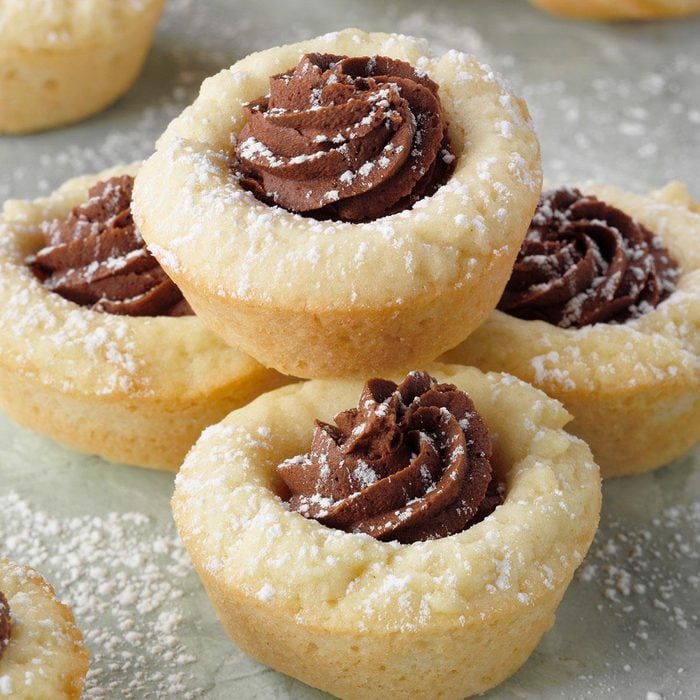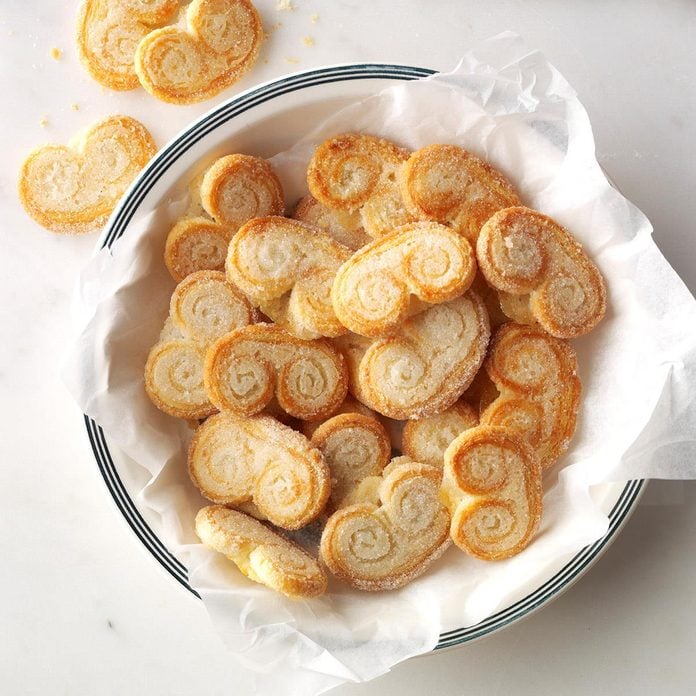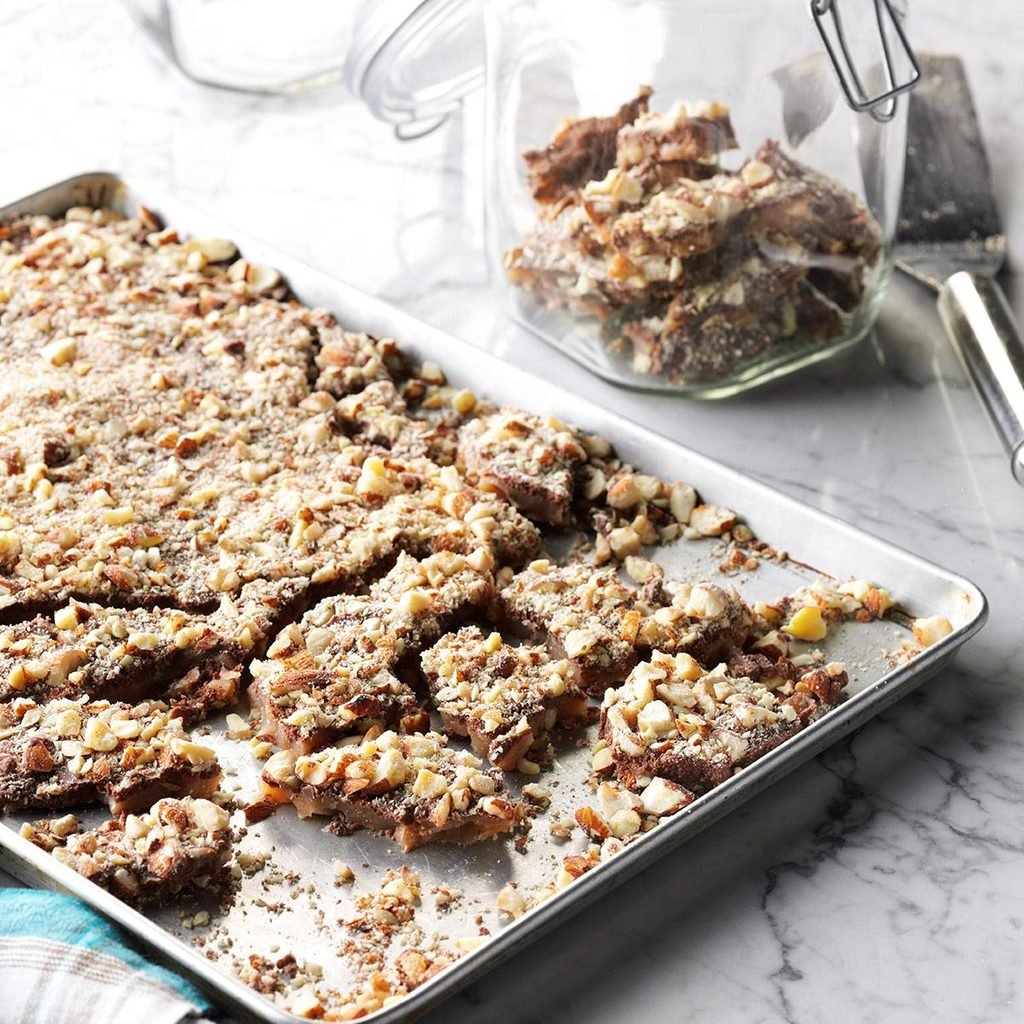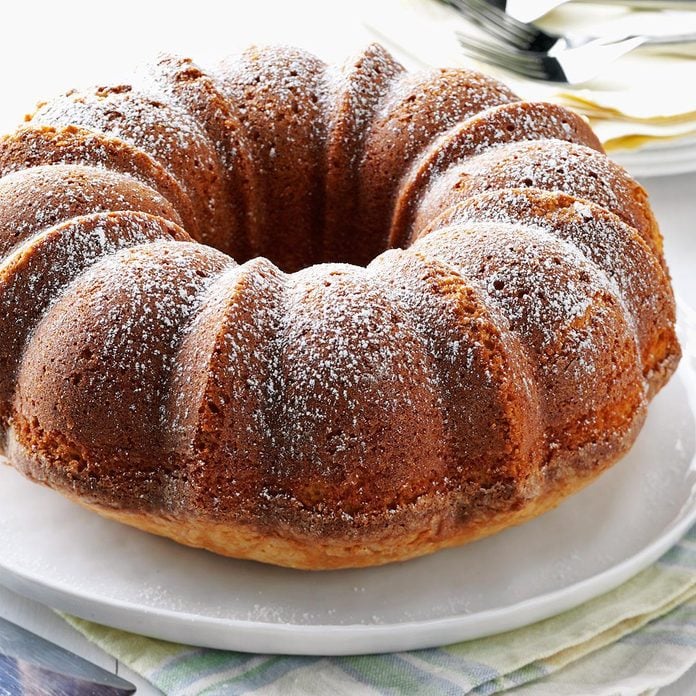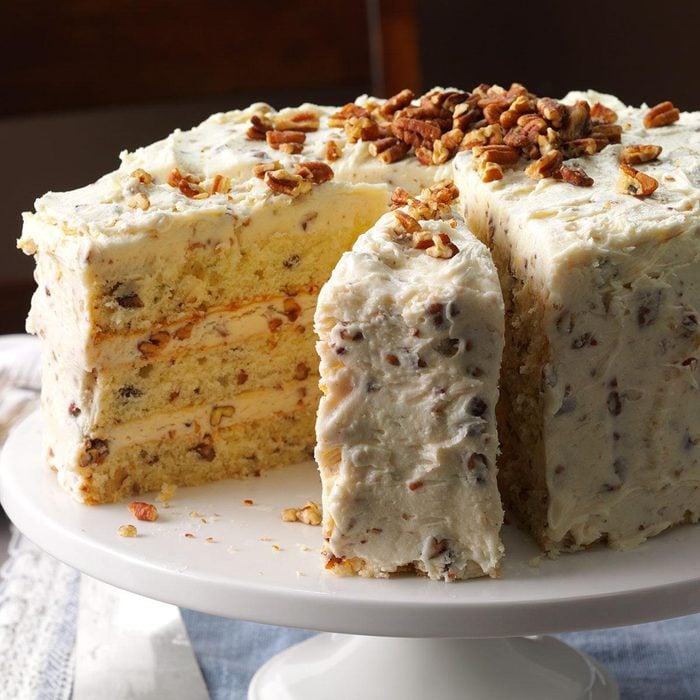Buttery Blueberry Cobbler
As the name implies, this is a recipe that is rich and delicious. Since you can use either fresh or frozen blueberries, you can make this easy blueberry cobbler year-round. —Marjorie Green, South Haven, Michigan
Go to Recipe
Butter Pecan CheesecakeFall always makes me yearn for this pecan cheesecake, but it’s delicious in any season. You’ll want to put it on your list of favorite holiday desserts. —Laura Sylvester, Mechanicsville, Virginia
Kentucky Butter CakeI found this Kentucky butter cake recipe in an old cookbook I bought at a garage sale and couldn’t wait to try it. I knew it had been someone’s favorite because of the well-worn page. —Joan Gertz, Palmetto, Florida
Buttery 3-Ingredient Shortbread CookiesWith only a few ingredients, these butter shortbread cookies are so simple to prepare. —Pattie Prescott, Manchester, New Hampshire
Chocolate-Tipped Butter CookiesThese wonderfully moist morsels are too tempting to resist. They melt right in your mouth. Rather than sprinkling the chocolate tips with nuts, you can roll them in red and green jimmies or leave them plain. —Charolette Westfall, Houston, Texas
Gooey Butter CakeA friend gave me a quick version of this
gooey butter cake recipe using a cake mix, but I prefer baking from scratch, so I came up with my own. My family can't get enough! The middle will sink a little; this is normal. This dessert is delicious served warm or cold. —Cheri Foster, Vail, Arizona
Browned Butter Spice CookiesIf you like spice cake, you’ll love this recipe! Browned butter, dark chocolate and a splash of rum produce an unconventional spice cookie that’s guaranteed to please. —Kristin Kenney, Newport Beach, California
Old-Time Butter Crunch CandyBoth my children and my grandchildren say the season wouldn't be the same without the big tray of candies and cookies I prepare. This one's the most popular part of that collection. We love the nutty pieces draped in chocolate. —Mildred Duffy, Bella Vista, Arkansas
Buttery Coconut BarsMy coconut bars are an American version of a Filipino coconut cake called
bibingka. These are a crispier, sweeter take on the Christmas tradition I grew up with. —Denise Nyland, Panama City, Florida
Butter Pecan FudgeToasted pecans add a nutty crunch to this creamy fudge, perfect for holiday giving. People always seem to rave about its wonderful caramel flavor. —Pam Smith, Alta Loma, California
Maple Butter TwistsMy stepmother gave me the recipe for a delicious yeast coffee cake shaped into pretty rings. When I make it for friends, they always ask for seconds. —June Gilliland, Hope, Indiana
Lemon & Rosemary Butter CookiesCooling lemon and aromatic rosemary make these butter cookies stand out at the holidays. I use them to punch up the cookie trays for potlucks or as gifts.—Elizabeth Hokanson, Arborg, Manitoba
Butter Pound CakeWhether garnished with fresh berries and sprigs of rosemary or just served plain, this rich cake is fabulous. It bakes to a beautiful golden brown and it's definitely a keeper! —Edgar Wright, Silver Spring, Maryland
Red Apple Butter BarsFall means apple-picking time, and we love using the fresh fruit to bake up these bars. The streusel on top makes them even better. —Nancy Foust, Stoneboro, Pennsylvania
Frosted Butter Rum Brickle BitesThe rum, real butter and toffee bits made these cookies my husband’s new favorite. If you’d like them less sweet, skip the frosting and sprinkle the cookies with confectioners’ sugar while still warm. —Cindy Nerat, Menominee, Michigan
Coconut Italian Cream CakeI’d never tasted an Italian cream cake before moving to Colorado. Now I bake for people in the area, and this beauty is one of the most requested. —Ann Bush, Colorado City, Colorado
Lemon Butter CookiesThese tender cutout cookies have a slight lemon flavor that makes them stand out from the rest. They're very easy to roll out compared to other sugar cookies I've worked with. I know you'll enjoy them as much as we do. —Judy McCreight, Springfield, Illinois
Butter Pecan Cookie Bars with Penuche DrizzleI have made these Butter Pecan Cookie Bars for many, many years. They are rich, chewy, nutty and buttery—all the good stuff. They freeze well, that is, if they last long enough. A little drizzle of old-fashioned penuche icing takes them over the top. —Kallee Krong-McCreery, Escondido, California
Contest-Winning Butter Pecan Ice CreamThis rich buttery ice cream sure beats store-bought versions. And with its pretty color and plentiful pecan crunch, it's nice enough to serve guests at a summer party.
-Jenny White
Glen, Mississippi
Down East Blueberry BuckleThis buckle won a contest at my daughter’s college. The prize was four lobsters, but the real reward was the smile on our daughter’s face. —Dianne van der Veen, Plymouth, Massachusetts
Key Lime Butter CookiesI love limes so much that if a recipe calls for lemons I almost always use limes instead. With their pretty green color, these are perfect for Christmas—you can also make them as sandwich cookies and use lime curd for the filling.—Deirdre Cox, Kansas City, Missouri
Kourabiedes (Greek Butter Cookies)I had to bake something from my heritage for school. So, I made this heavenly kourabiedes recipe. —Rebecca Sprague, St. Louis, Missouri
We also have one more recommendation for you. Try these
Greek doughnuts which are fluffy, bite-sized, and fried to perfection!
Buttermilk Cake with Caramel IcingThis fabulous cake and caramel frosting are so tender, it melts in your mouth. It's been a family favorite since the '70s and it goes over really well at church potluck meals. —Anna Jean Allen, West Liberty, Kentucky
Rainbow Butter CookiesOur family can't get through the holidays without these fun, colorful cookies. They come out of my oven by the dozens! —Lanette Tate, Sandy, Utah
Buttery Ganache Cookie CupsOur family wanted to share our love of ganache-filled cupcakes, so we made them into cookies. Even better: we bake the cookies in muffin cups, fill with ganache, and get the best of both worlds! —Adela Srinivasan, Parker, Colorado
PalmiersIt takes just two ingredients to make these impressive but easy-to-do French pastries, which are often called palm leaves. —Taste of Home Test Kitchen, Milwaukee, Wisconsin
Aunt Rose's Fantastic Butter ToffeeI don't live in the country, but I love everything about it—especially good old-fashioned home cooking! Every year, you'll find me at our county fair, entering a different contest. This easy toffee recipe is a family favorite. —Kathy Dorman, Snover, Michigan
Buttermilk Pound CakeNow that I've retired from teaching, I have more time to bake. This buttermilk pound cake is the one I make most often. It is a truly southern recipe, and one I think can't be topped—once people taste it, they won't go back to their other recipes with buttermilk. —Gracie Hanchey, De Ridder, Louisiana
Butter Pecan Layer CakePecans and butter give this cake the same irresistible flavor as the popular butter pecan ice cream flavor. —Becky Miller, Tallahassee, Florida
